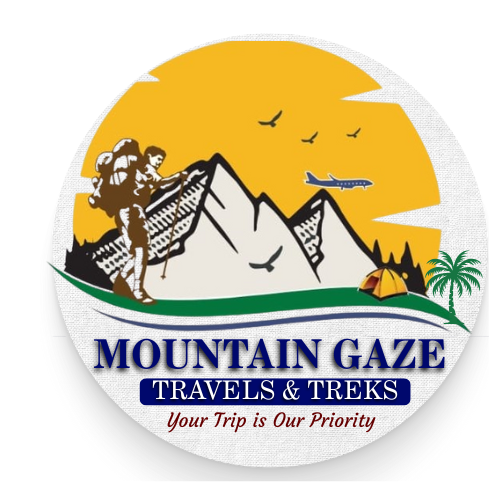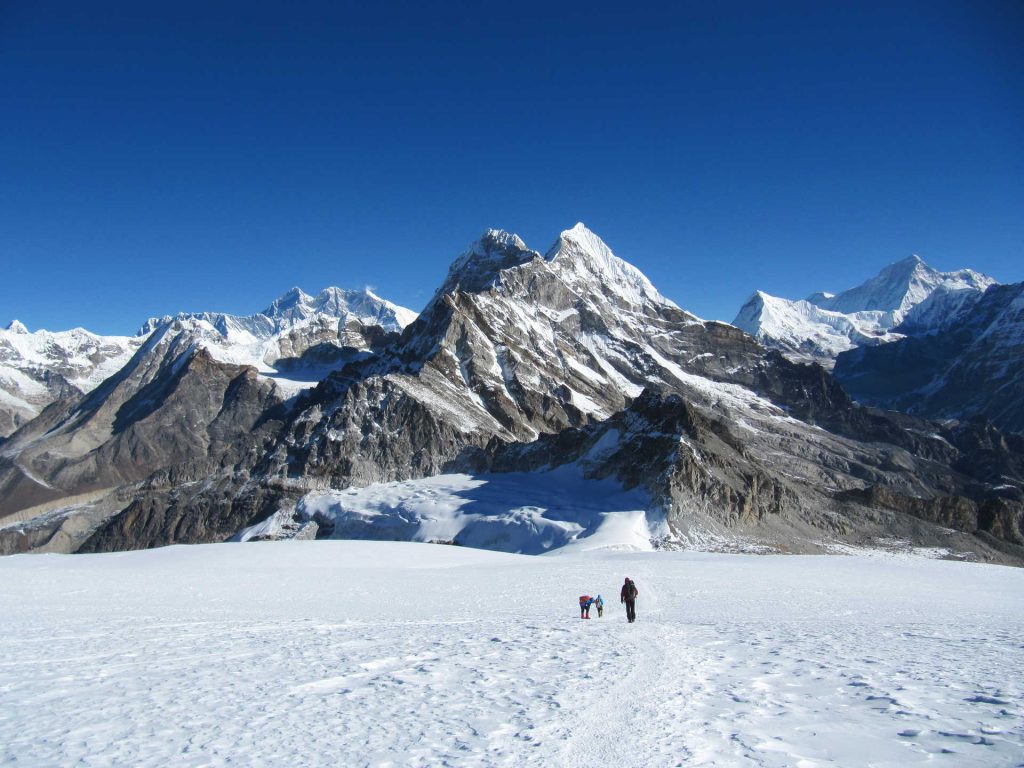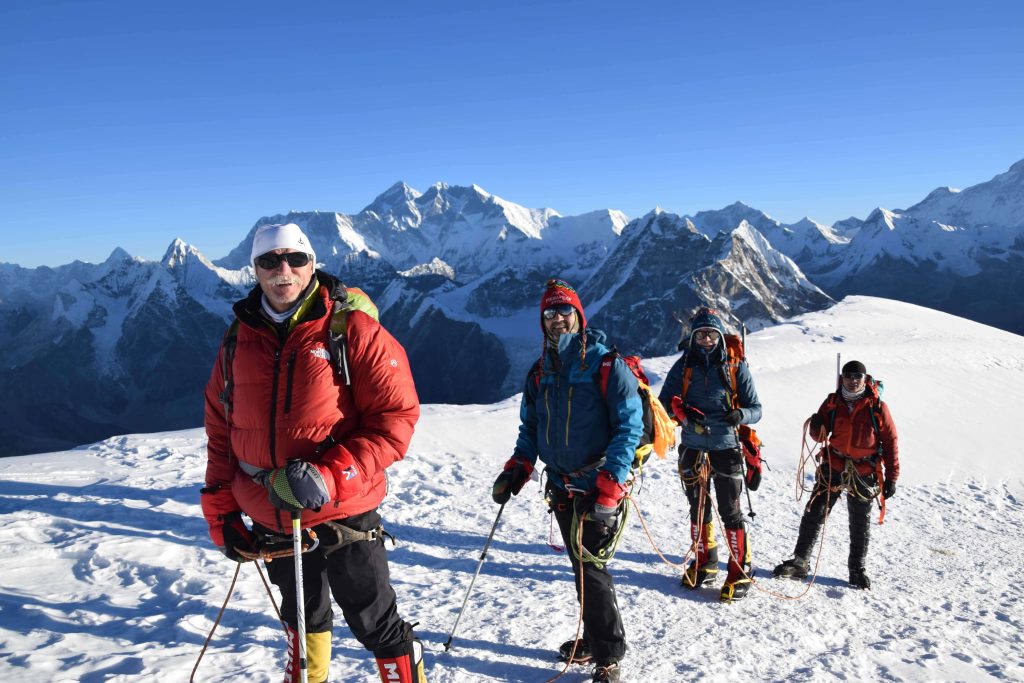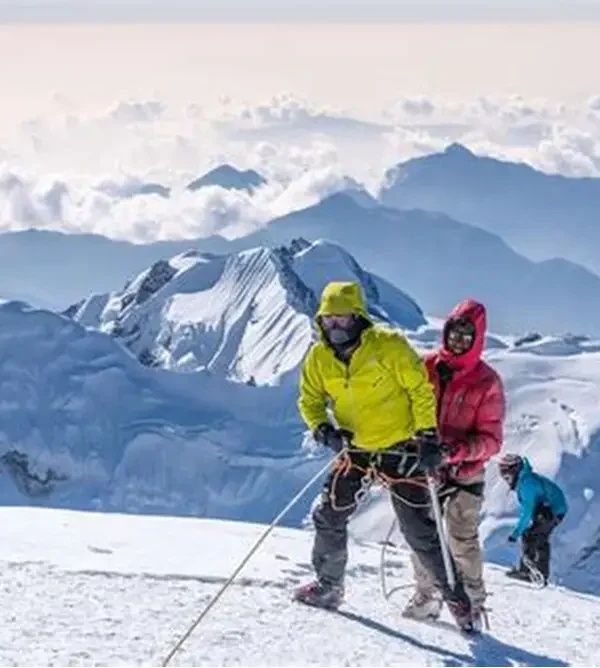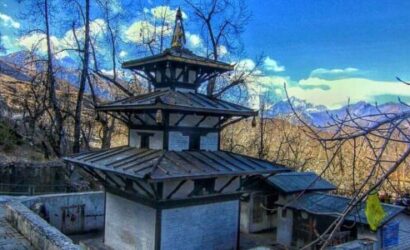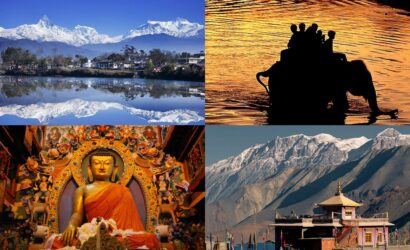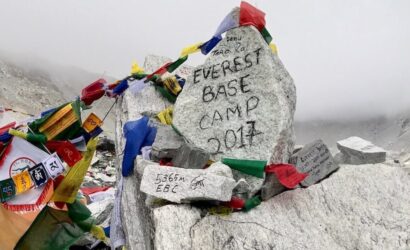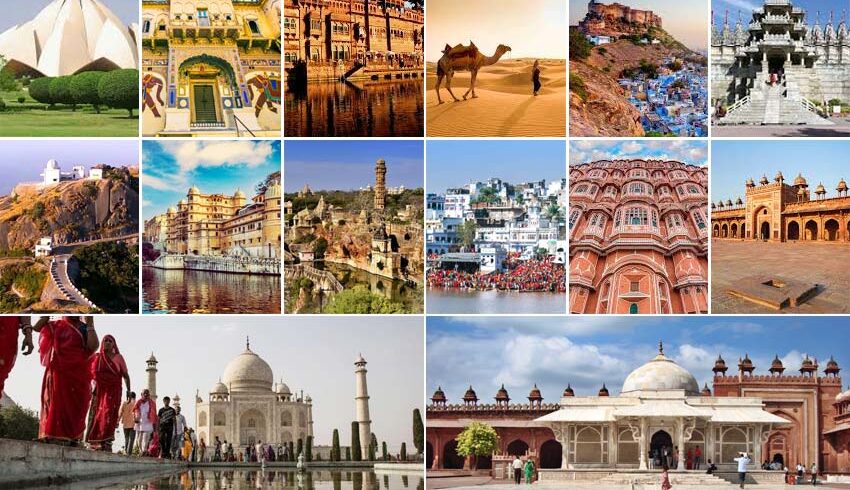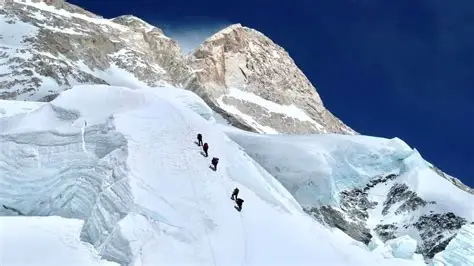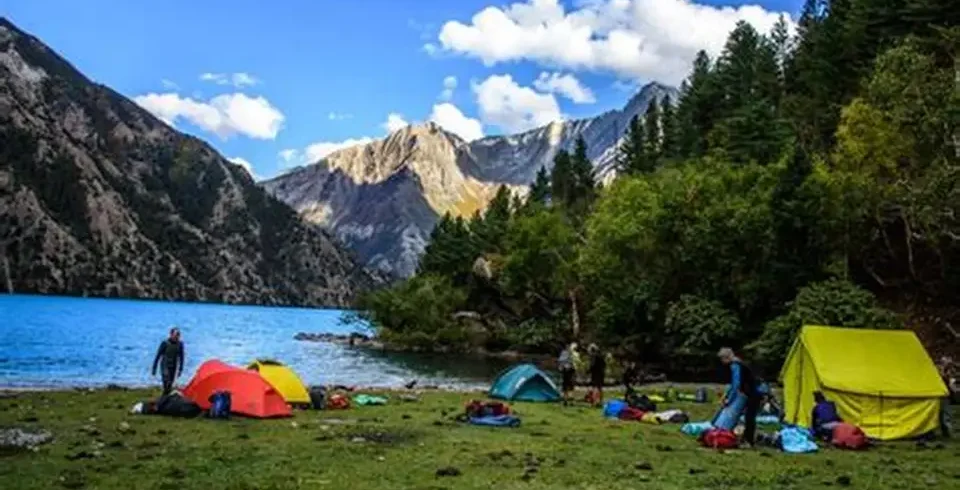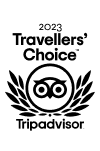Duration: 18N/19D
Price Per Person: $1795
Overview
Mera Peak Climbing is a widely preferred peak climbing activity in Nepal due to its stunning beauty and technical climb. It is especially suitable for beginner climbers who want to enhance their climbing skills. The peak consists of three pinnacles, namely Mera North, Mera Central, and Mera South, with elevations of 6476 meters, 6476 meters, and 6061 meters, respectively.
Located in the Everest region, surrounded by the massive Himalayan Belt’s eight-thousanders, Mera Peak was initially conquered by French Climbers Marcel Jolly, G Baus, and L Honills in 1975. According to the Ministry of Culture, Tourism, and Civil Aviation, the governing tourism body in Nepal, any mountain below 6500 meters is considered a trekking peak, and Mera Peak is the highest trekking peak in Nepal. Although it is not very tall, with a height of only 6476 meters, it has been a significant attraction for adventure enthusiasts.
Climbers who plan to reach the top of Mera Peak undergo a process of acclimatization by spending a few days ascending to various altitudes, such as Mera La Pass, and practicing mountaineering techniques like using crampons, ice axes, and ropes. The final climb to the summit takes approximately two days and includes crossing a glacier, ascending steep snow slopes, and climbing the summit ridge. Upon reaching the top, climbers are rewarded with stunning views of the neighboring peaks, Mount Everest, Lhotse, Cho Oyu, and Makalu. Mera Peak climbing is an adventure that demands a high level of fitness, mountaineering skills, and previous trekking experience. It usually takes 18 to 21 days to complete and is best attempted during the spring and autumn seasons when weather conditions are favorable.
Our adventure of climbing Mera Peak commences from the busy city of Kathmandu. Once we are ready, we will take an exciting flight to Lukla. The route we will follow is the classical one leading to the base camp of Everest until we reach Hinku Valley. From there, we will hike towards the Mera Peak base camp, which is characterized by rough terrain and rocky boulders, but offers stunning views of towering white peaks. Mera Peak is situated on the southern side of Mt Everest, and the surrounding area boasts breathtaking vistas of the Mahalangur range.
Difficulty
Mera Peak, which is Nepal’s highest trekking peak, may be a daunting challenge for inexperienced climbers. While the climb itself is straightforward, the peak’s elevation of 6476 metres can increase the risk of altitude sickness. Despite being classified as a non-technical route, the climb’s ridges and difficulty have been rated higher for alpine grade climbing. However, it is considered suitable for beginners when compared to other Nepalese mountains. At Mountain Gaze, our team of seasoned climbers will ensure that you are well acclimatized before attempting to reach the summit.
Days to summit the Mera peak
Mountain Gaze provides a 21-day Mera Peak Climbing package that includes 16 days of climbing with two days allotted for summit climbs (North and South). The total distance covered during the climb, from Lukla to the summit and back, is approximately 125 kilometers. Information regarding the duration of climbing Mera Peak has been provided without any omission.
How difficult is Mera peak for the beginners?
Mera Peak is classified as a trekking peak and is not considered a highly technical mountain. It has a relatively simple ascent with only a few steep areas and crevasses along the glacial path. This makes it a perfect choice for novice climbers who are looking for their first mountain experience before attempting larger mountains that are over 6500 metres high. However, it is still important to have a thorough understanding of all necessary gear and how to use it in order to summit Mera Peak. Our team at Visit Himalaya provides expert mountain guides to ensure a safe and comfortable climbing experience.
Climbing route
To acclimatize well in higher altitudes, it is recommended to gradually ascend to the summit of the mountain, which is a universal principle in mountaineering. Visit Himalaya prioritizes the safety and well-being of their clients and has chosen a more favorable route for the Mera Peak Climb due to the extreme risks of High Altitude Sickness associated with the conventional route. The new route for the Mera Peak Climb involves ascending from Lukla to Mera Peak while stopping at several lower altitudes such as Chetarbu Kharka, Kothey,Thagnak,Khahare, Mera Base Camp, Mera High Camp, and Mera Peak. Our years of experience in the industry have guided us to choose this route to minimize the risk of High Altitude Sickness.
Best Season to climb Mera Peak
Mera Peak, much like other peaks in Nepal, can only be climbed during two distinct seasons: Autumn (September-November) and Spring (March-May). Climbing during other times of the year can be challenging due to extreme weather patterns that create climatic abnormalities across the country, hindering climbers’ ability to reach the summit. During the Monsoon season (June-August), heavy clouds from the easterly bay of Bengal bring heavy rainfall across Nepal, while the winter season (December-February) brings heavy snowfalls in the Himalayan region, making it impossible for climbers to reach the summit.
Can you climb the peak solo or not ?
If you are a foreigner looking to climb any peak in Nepal, it is now mandatory to have a government registered mountain guide with you during the climb. Climbing Mera Peak solo is not allowed under this new regulation. However, our team at Mountain Gaze has been organizing and successfully summiting peaks like Mera for many years, with professionally trained guides who are registered by the Nepal Government.
Permits for Mera Peak Climbing
Foreigners who want to climb Mera Peak need to obtain several permits before starting the climb. These permits are:
*Sagarmatha National Park Entry Permit: All trekkers and climbers must obtain this permit before entering the Sagarmatha National Park, which is home to Mera Peak. The cost of the permit is USD 30 for foreign nationals, and it is valid for a single entry.
*Mera Peak Climbing Permit: This permit is mandatory for all climbers who want to climb Mera Peak. The permit can only be obtained through a registered trekking agency in Nepal. The cost of the permit varies according to the season, and it is USD 250 for the spring and autumn seasons, and USD 125 for the winter and summer seasons.
*Local Government Taxes: Climbers also need to pay local government taxes to the Solukhumbu district. The tax is USD 20 per person.
It is important to note that these permits are subject to change, and it is always best to check with the relevant authorities or your trekking agency to ensure that you have the correct permits.
